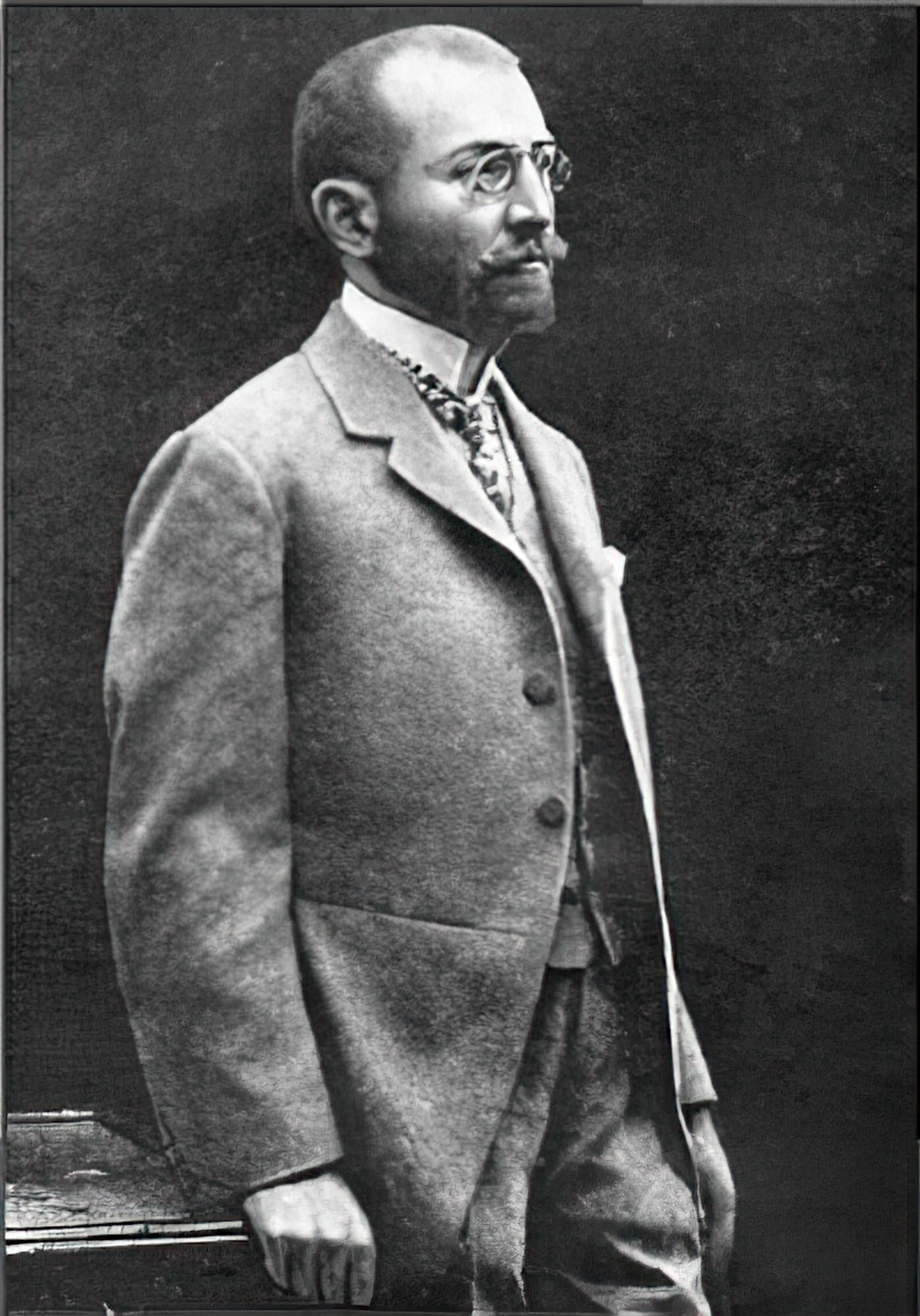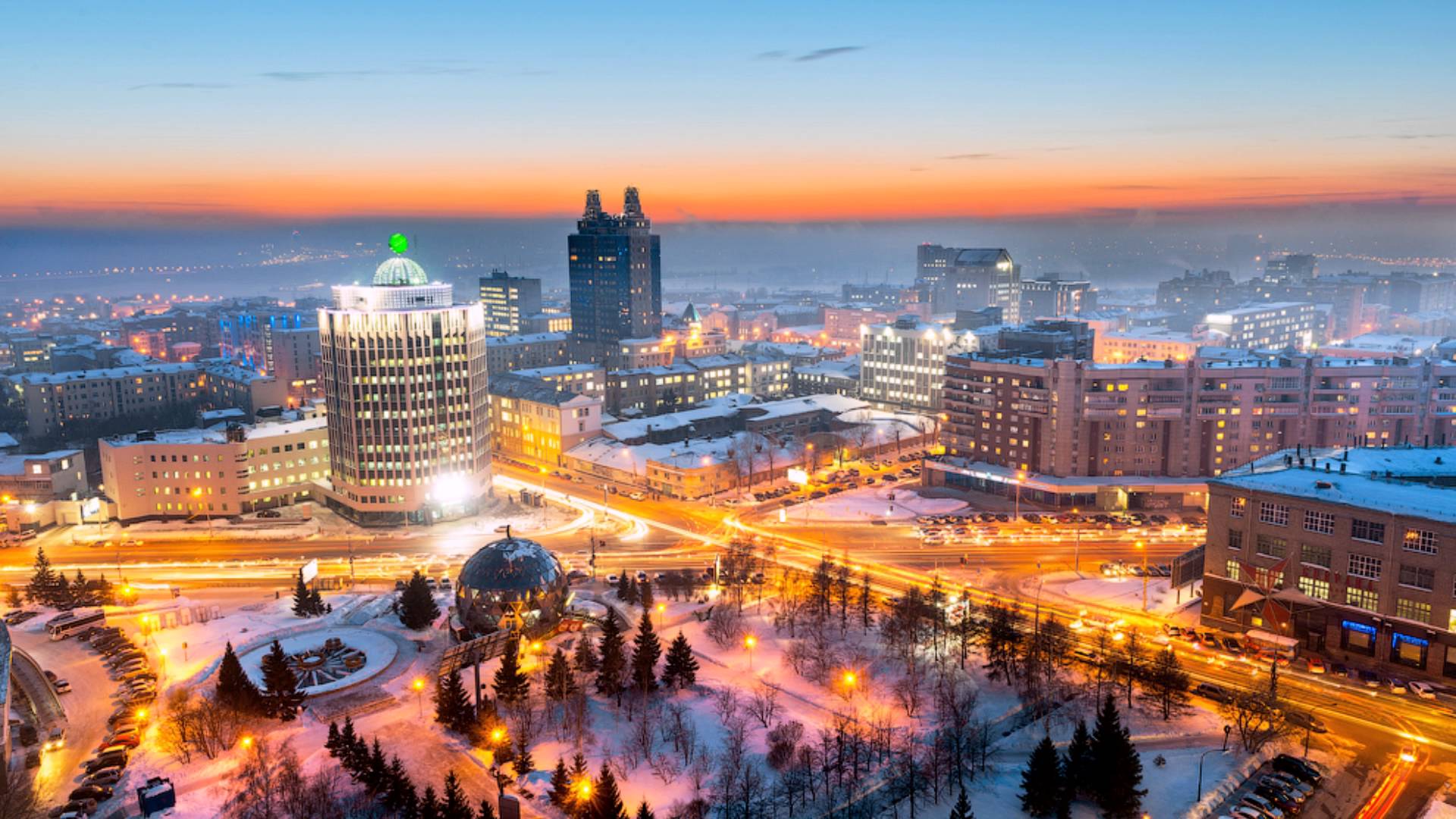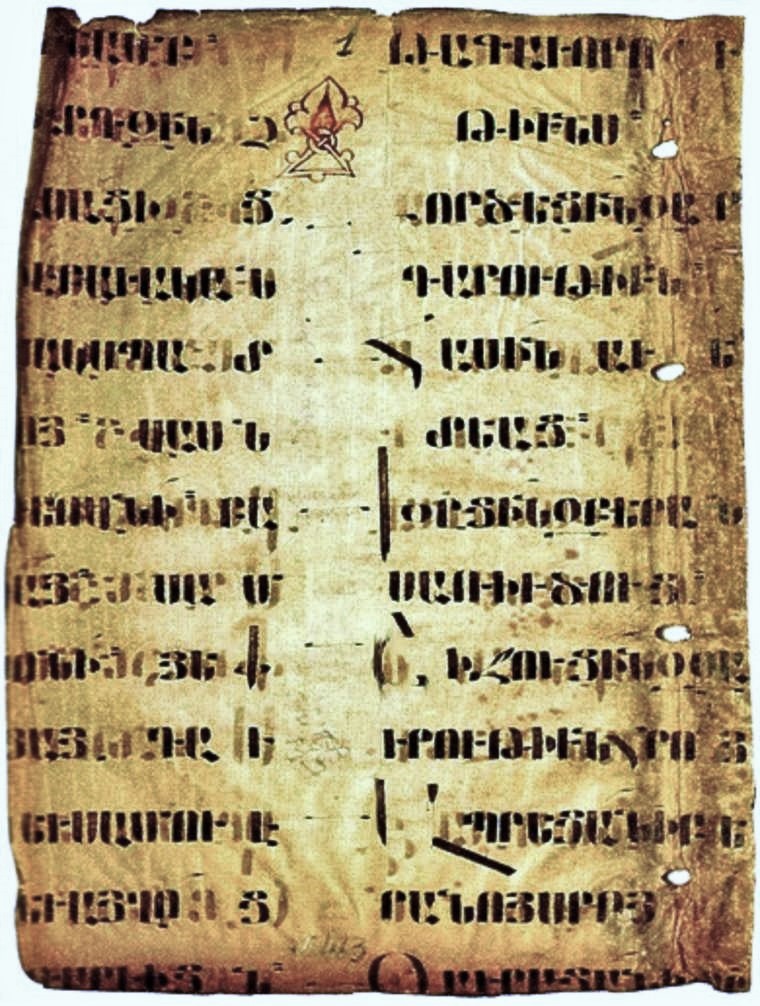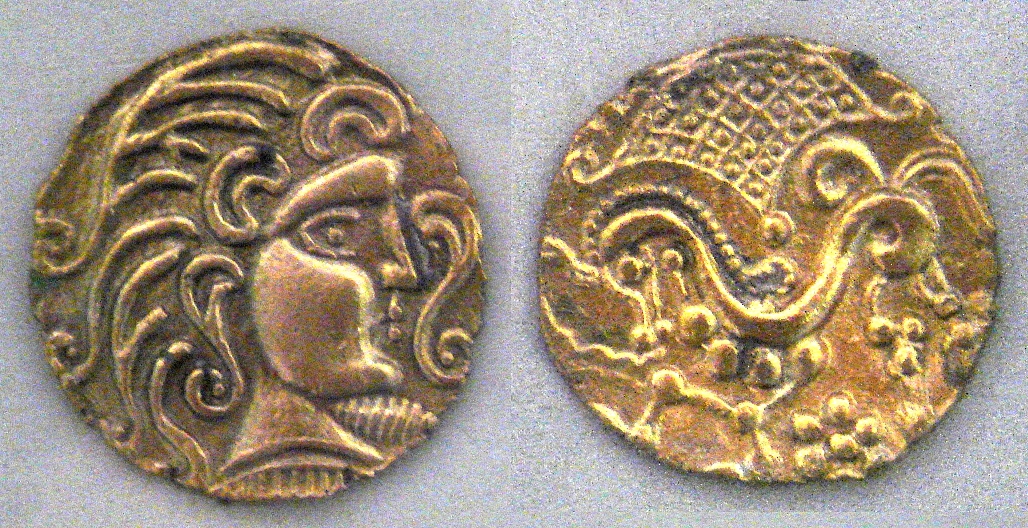|
Almast
''Almast'' ( hy, Ալմաստ meaning ''diamond'') is the only opera of the Armenian composer Alexander Spendiaryan. History In 1916 Spendiaryan met Armenian poet Hovhannes Tumanian, who suggested three of his poems "Anush", "Parvana" and "The Siege of the Tmbouk Castle" as themes for a national Armenian opera. Spendiaryan listened to the prelude of the last poem and was immediately attracted by its beauty. According to Tumanian's daughter, he was fascinated by Firdousi's poem in the banquet scene, by Tatoul's nightmare, and by the ambitious Almast - who dreamed of winning the throne. Tumanian also organized special musical evenings for Spendiarian in his own home and then at Tbilisi's Music School, in which national musicians and minstrels took part. At this stage Spendiarian, a Russian-Armenian, began to make a detailed study of Armenian folk music. He wrote: "Amongst the large amount of material I was particularly struck by Nikoghayos Tigranyan's music, on which I composed some ... [...More Info...] [...Related Items...] OR: [Wikipedia] [Google] [Baidu] |
Sophia Parnok
Sophia Yakovlevna Parnok (russian: София Яковлевна Парнок, yi, סאָפיאַ פארנוכ; 30 July 1885 O.S./11 August 1885 (N. S.) – 26 August 1933) was a Russian poet, journalist and translator. From the age of six, she wrote poetry in a style quite distinct from the predominant poets of her times, revealing instead her own sense of Russianness, Jewish identity and lesbianism. Besides her literary work, she worked as a journalist under the pen name of Andrei Polianin. She has been referred to as "Russia's Sappho", as she wrote openly about her seven lesbian relationships. Sonya Yakovlevna Parnokh was born into a well-to-do family of professional Jews in a provincial city outside the Pale of Settlement. Her mother died after giving birth to her twin siblings and she was raised by her father and her step-mother, leaving her feeling her childhood lacked emotional support. From a young age, she wrote poetry and acknowledged her uniqueness—her lesbianism ... [...More Info...] [...Related Items...] OR: [Wikipedia] [Google] [Baidu] |
Alexander Spendiaryan
Alexander Afanasyevich Spendiarov (Spendiaryan) (russian: Александр Афанасьевич Спендиаров, hy, Ալեքսանդր Ստեփանոսի Սպենդիարյան, November 1, 1871, Kakhovka, Russian Empire – May 7, 1928, Yerevan, Armenia) was an Armenian and Soviet music composer, conductor, founder of Armenian national symphonic music. Biography Alexander Spendiarov was born on 1 November (as 20 October) 1871 in Kakhovka, province of Tavrik (modern Ukraine). His artistic abilities were formed in early childhood. He inherited his musical abilities from his mother who played piano. When Alexander Spendiarov was seven he wrote a waltz. In 1890 he went to Moscow and studied for one year in the Natural Sciences faculty of Moscow University, and then in 1894 he graduated from the Law faculty. At the same time he continued his violin classes. In 1896 Alexander Spendiarov went to St. Petersburg to show his compositions to Nikolai Rimsky-Korsakov, who grea ... [...More Info...] [...Related Items...] OR: [Wikipedia] [Google] [Baidu] |
Hovhannes Tumanyan
Hovhannes Tumanyan ( hy, Հովհաննես Թումանյան, classical spelling: Յովհաննէս Թումանեան, – March 23, 1923) was an Armenian poet, writer, translator, and literary and public activist. He is the national poet of Armenia. Tumanyan wrote poems, quatrains, ballads, novels, fables, and critical and journalistic articles. His work was mostly written in realistic form, that frequently revolves around everyday life of his time. Born in the historical village of Dsegh in the Lori region, at a young age Tumanyan moved to Tiflis, which was the centre of Armenian culture under the Russian Empire during the 19th and early 20th centuries. He soon became known to the wide Armenian society for his simple but very poetic works. Many films and animated films have been adapted from Tumanyan's works. Two operas, ''Anush'' (1912) by Armen Tigranian and '' Almast'' (1930) by Alexander Spendiaryan, were written based on his works. Biography Hovhan ... [...More Info...] [...Related Items...] OR: [Wikipedia] [Google] [Baidu] |
Novosibirsk
Novosibirsk (, also ; rus, Новосиби́рск, p=nəvəsʲɪˈbʲirsk, a=ru-Новосибирск.ogg) is the largest city and administrative centre of Novosibirsk Oblast and Siberian Federal District in Russia. As of the 2021 Census, it had a population of 1,633,595, making it the most populous city in Siberia and the third-most populous city in Russia. The city is located in southwestern Siberia, on the banks of the Ob River. Novosibirsk was founded in 1893 on the Ob River crossing point of the future Trans-Siberian Railway, where the Novosibirsk Rail Bridge was constructed. Originally named Novonikolayevsk ("New Nicholas") in honor of Emperor Nicholas II, the city rapidly grew into a major transport, commercial, and industrial hub. Novosibirsk was ravaged by the Russian Civil War but recovered during the early Soviet period and gained its present name, Novosibirsk ("New Siberia"), in 1926. Under the leadership of Joseph Stalin, Novosibirsk became one of the large ... [...More Info...] [...Related Items...] OR: [Wikipedia] [Google] [Baidu] |
1930 Operas
Year 193 ( CXCIII) was a common year starting on Monday (link will display the full calendar) of the Julian calendar. At the time, it was known as the Year of the Consulship of Sosius and Ericius (or, less frequently, year 946 ''Ab urbe condita''). The denomination 193 for this year has been used since the early medieval period, when the Anno Domini calendar era became the prevalent method in Europe for naming years. Events By place Roman Empire * January 1 – Year of the Five Emperors: The Roman Senate chooses Publius Helvius Pertinax, against his will, to succeed the late Commodus as Emperor. Pertinax is forced to reorganize the handling of finances, which were wrecked under Commodus, to reestablish discipline in the Roman army, and to suspend the food programs established by Trajan, provoking the ire of the Praetorian Guard. * March 28 – Pertinax is assassinated by members of the Praetorian Guard, who storm the imperial palace. The Empire is ... [...More Info...] [...Related Items...] OR: [Wikipedia] [Google] [Baidu] |
Armenian-language Operas
Armenian ( classical: , reformed: , , ) is an Indo-European language and an independent branch of that family of languages. It is the official language of Armenia. Historically spoken in the Armenian Highlands, today Armenian is widely spoken throughout the Armenian diaspora. Armenian is written in its own writing system, the Armenian alphabet, introduced in 405 AD by the priest Mesrop Mashtots. The total number of Armenian speakers worldwide is estimated between 5 and 7 million. History Classification and origins Armenian is an independent branch of the Indo-European languages. It is of interest to linguists for its distinctive phonological changes within that family. Armenian exhibits more satemization than centumization, although it is not classified as belonging to either of these subgroups. Some linguists tentatively conclude that Armenian, Greek (and Phrygian) and Indo-Iranian were dialectally close to each other;''Handbook of Formal Languages'' (1997p. 6 with ... [...More Info...] [...Related Items...] OR: [Wikipedia] [Google] [Baidu] |
Dikran Tchouhadjian
Tigran Gevorki Chukhajian ( hy, Տիգրան Չուխաճեան, tr, Dikran Çuhacıyan; 1837 – March 11, 1898) was an Armenians in the Ottoman Empire, Ottoman Armenian composer and Conductor (music), conductor, and the founder of the first opera institution in the Ottoman Empire. Biography Chukhajian was born in Constantinople. He studied at composer Gabriel Yeranian's class, then had classes in Milan. Along with other Armenian intellectuals of that period he fought for the development of national culture, organized Armenian musical societies, theatres, schools, papers and free concerts. In 1862, he took over publication of the Armenian musical journal ''Armenian Lyre''.In his works, Chukhajian used the elements of European musical techniques and eastern music elements He is an author of pieces for piano, songs and romances, chamber and symphonic works, operas. His most successful opera was Leblebici hor-hor agha (1875), it was premiered at the French Theatre in Constantino ... [...More Info...] [...Related Items...] OR: [Wikipedia] [Google] [Baidu] |
Paris
Paris () is the capital and most populous city of France, with an estimated population of 2,165,423 residents in 2019 in an area of more than 105 km² (41 sq mi), making it the 30th most densely populated city in the world in 2020. Since the 17th century, Paris has been one of the world's major centres of finance, diplomacy, commerce, fashion, gastronomy, and science. For its leading role in the arts and sciences, as well as its very early system of street lighting, in the 19th century it became known as "the City of Light". Like London, prior to the Second World War, it was also sometimes called the capital of the world. The City of Paris is the centre of the Île-de-France region, or Paris Region, with an estimated population of 12,262,544 in 2019, or about 19% of the population of France, making the region France's primate city. The Paris Region had a GDP of €739 billion ($743 billion) in 2019, which is the highest in Europe. According to the Economis ... [...More Info...] [...Related Items...] OR: [Wikipedia] [Google] [Baidu] |
Yerevan
Yerevan ( , , hy, Երևան , sometimes spelled Erevan) is the capital and largest city of Armenia and one of the world's oldest continuously inhabited cities. Situated along the Hrazdan River, Yerevan is the administrative, cultural, and industrial center of the country, as its primate city. It has been the capital since 1918, the fourteenth in the history of Armenia and the seventh located in or around the Ararat Plain. The city also serves as the seat of the Araratian Pontifical Diocese, which is the largest diocese of the Armenian Apostolic Church and one of the oldest dioceses in the world. The history of Yerevan dates back to the 8th century BCE, with the founding of the fortress of Erebuni in 782 BCE by King Argishti I of Urartu at the western extreme of the Ararat Plain. Erebuni was "designed as a great administrative and religious centre, a fully royal capital." By the late ancient Armenian Kingdom, new capital cities were established and Yerevan declined i ... [...More Info...] [...Related Items...] OR: [Wikipedia] [Google] [Baidu] |
Odessa
Odesa (also spelled Odessa) is the third most populous city and municipality in Ukraine and a major seaport and transport hub located in the south-west of the country, on the northwestern shore of the Black Sea. The city is also the administrative centre of the Odesa Raion and Odesa Oblast, as well as a multiethnic cultural centre. As of January 2021 Odesa's population was approximately In classical antiquity a large Greek settlement existed at its location. The first chronicle mention of the Slavic settlement-port of Kotsiubijiv, which was part of the Grand Duchy of Lithuania, dates back to 1415, when a ship was sent from here to Constantinople by sea. After a period of Lithuanian Grand Duchy control, the port and its surroundings became part of the domain of the Ottomans in 1529, under the name Hacibey, and remained there until the empire's defeat in the Russo-Turkish War of 1792. In 1794, the modern city of Odesa was founded by a decree of the Russian empress Cather ... [...More Info...] [...Related Items...] OR: [Wikipedia] [Google] [Baidu] |
Moscow
Moscow ( , US chiefly ; rus, links=no, Москва, r=Moskva, p=mɐskˈva, a=Москва.ogg) is the capital and largest city of Russia. The city stands on the Moskva River in Central Russia, with a population estimated at 13.0 million residents within the city limits, over 17 million residents in the urban area, and over 21.5 million residents in the metropolitan area. The city covers an area of , while the urban area covers , and the metropolitan area covers over . Moscow is among the world's largest cities; being the most populous city entirely in Europe, the largest urban and metropolitan area in Europe, and the largest city by land area on the European continent. First documented in 1147, Moscow grew to become a prosperous and powerful city that served as the capital of the Grand Duchy that bears its name. When the Grand Duchy of Moscow evolved into the Tsardom of Russia, Moscow remained the political and economic center for most of the Tsardom's history. When ... [...More Info...] [...Related Items...] OR: [Wikipedia] [Google] [Baidu] |








